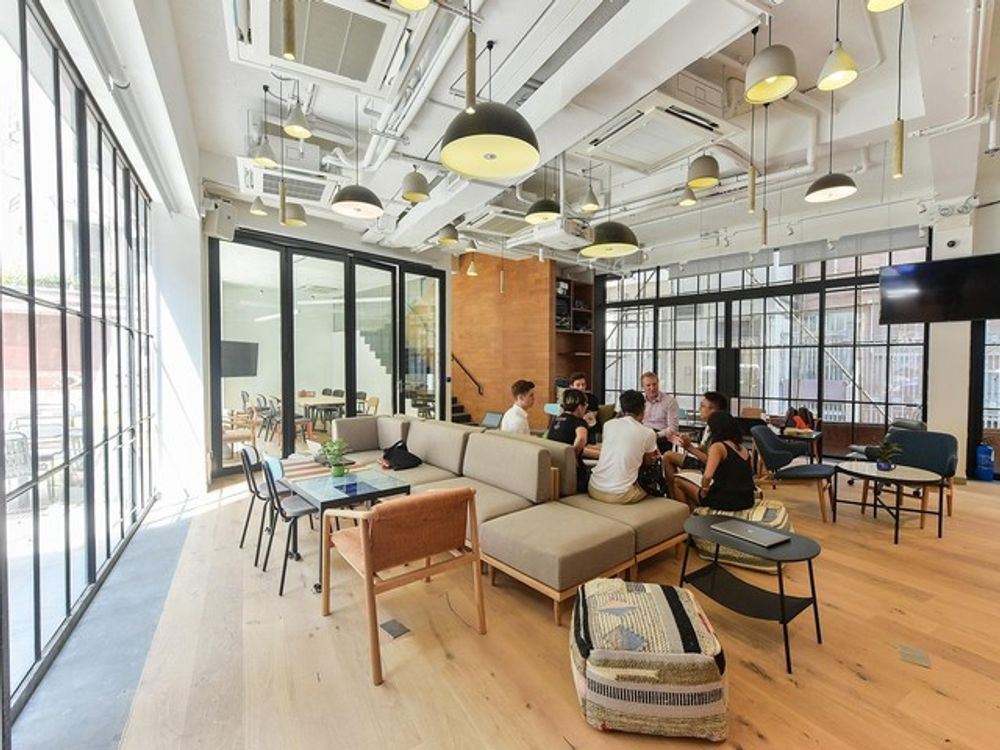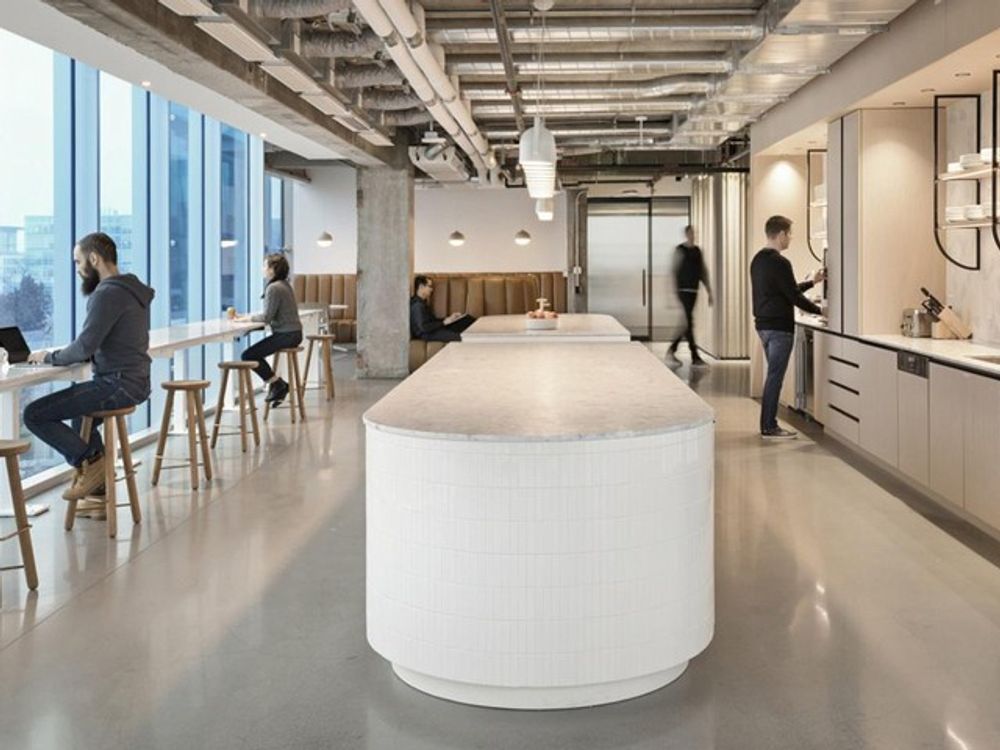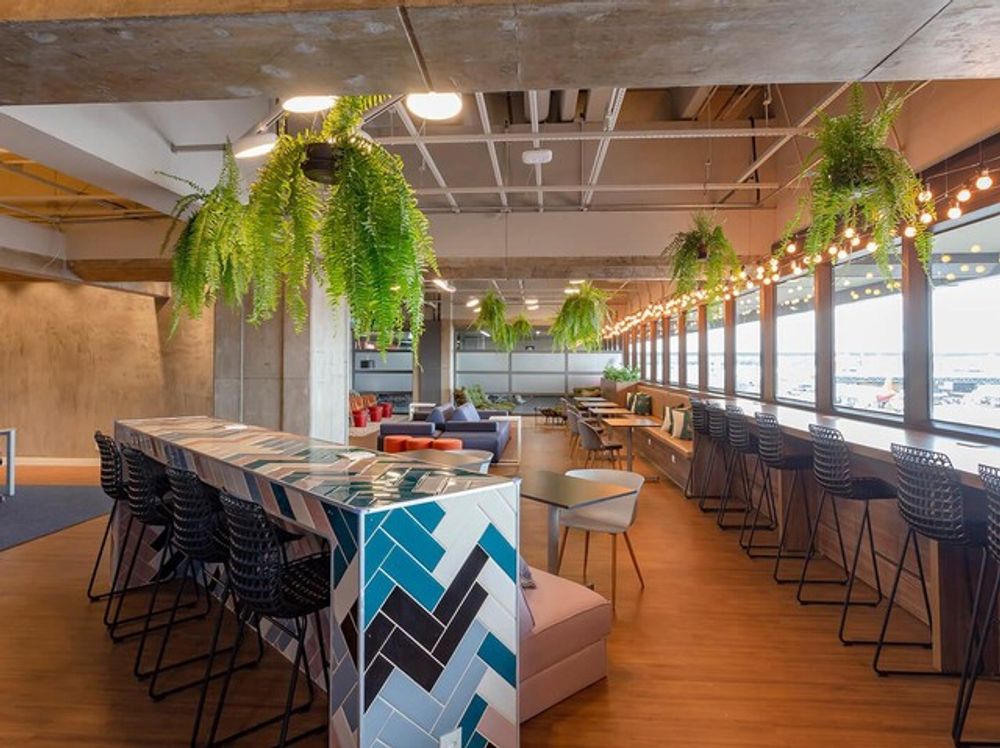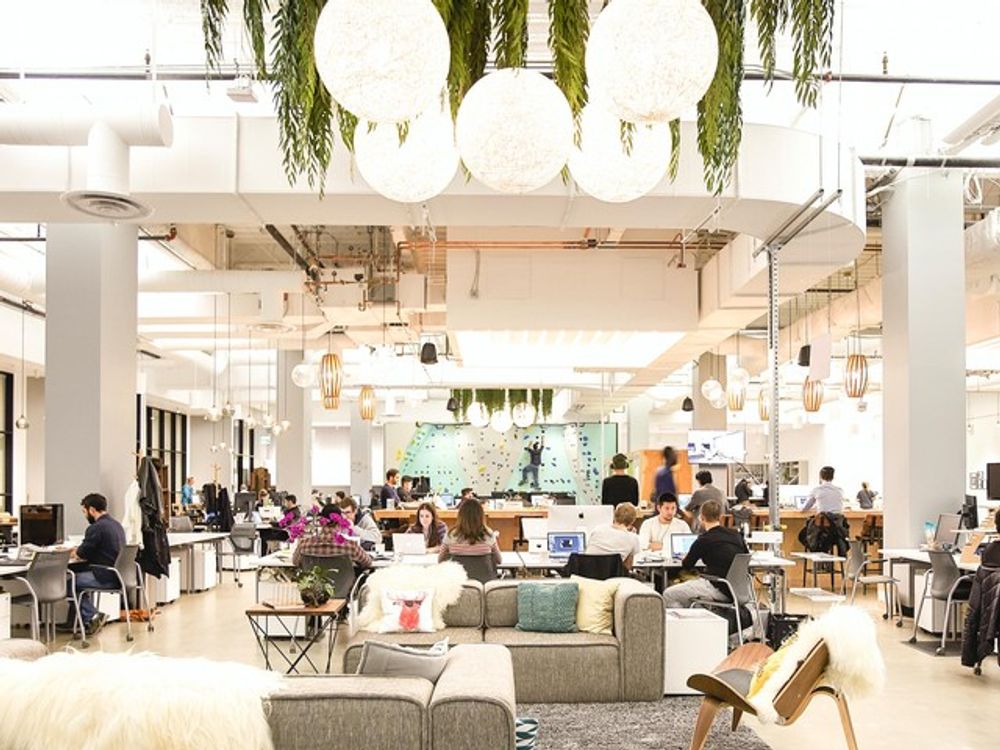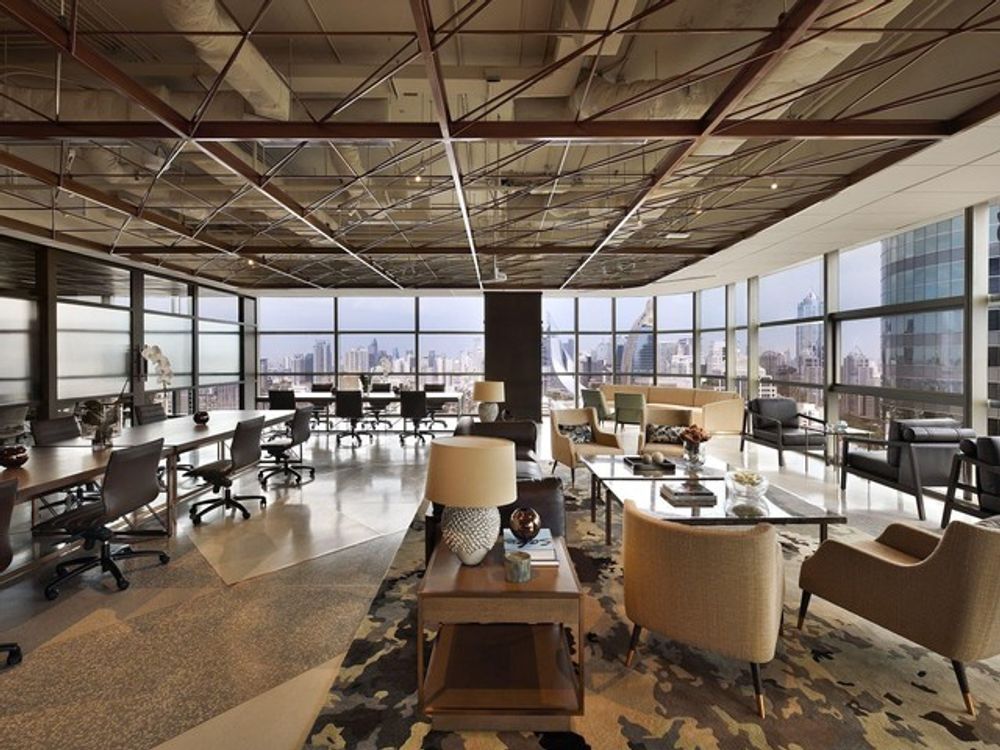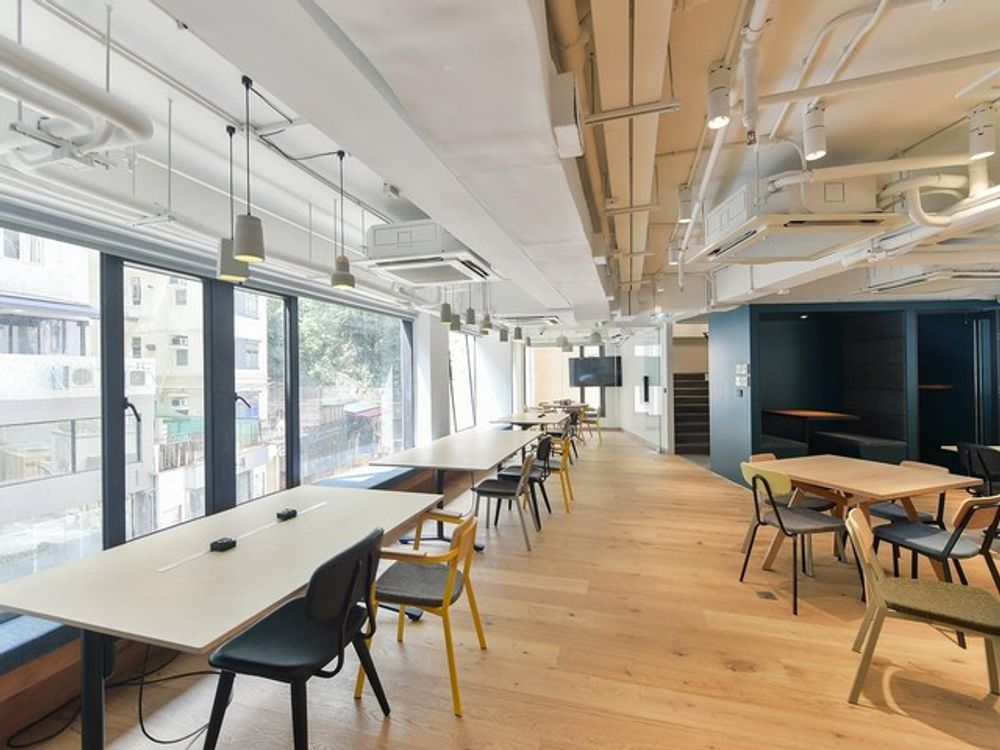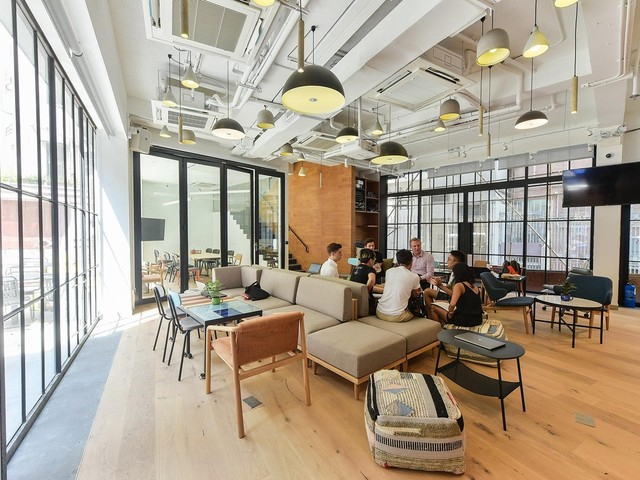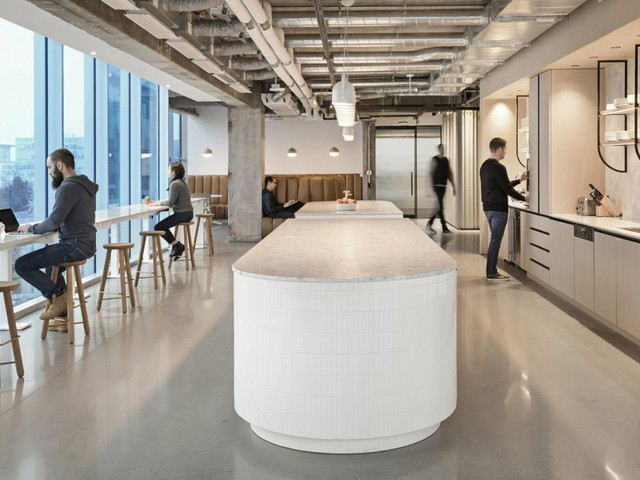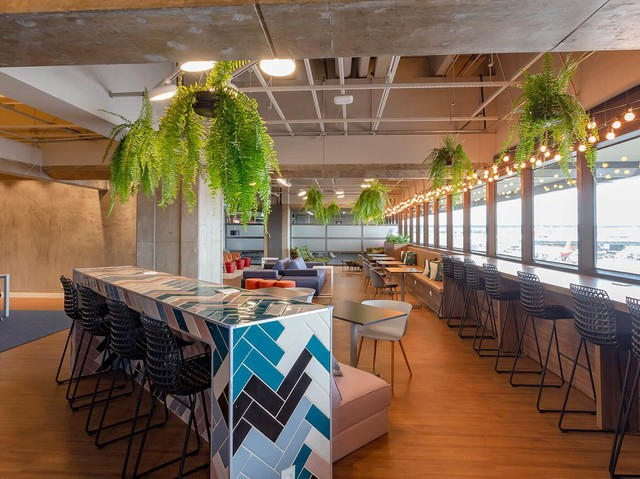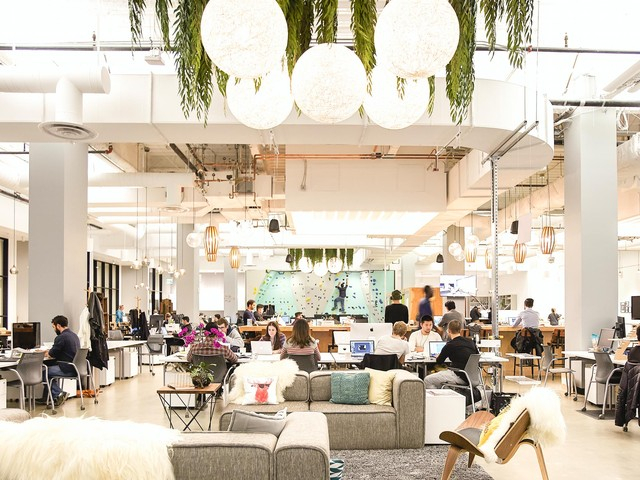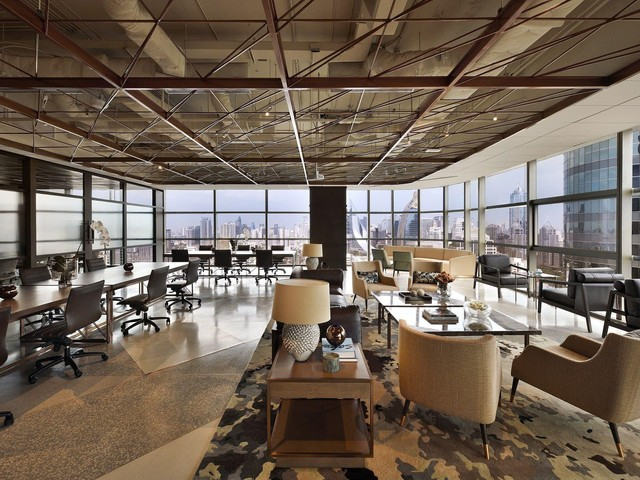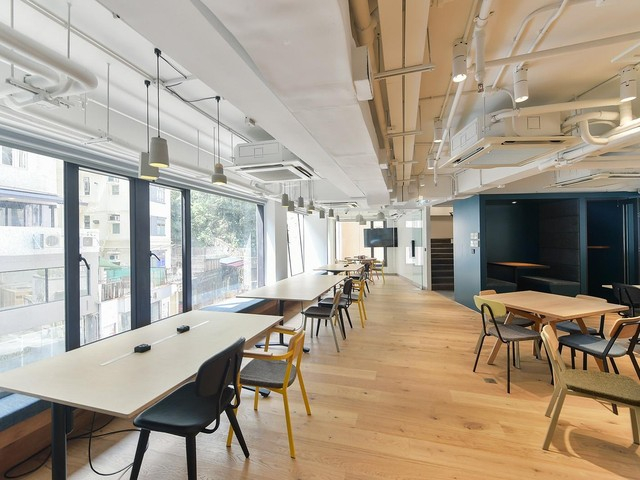Co-working, co-riding, co-living. The sharing trend has hit a multitude of industries across the globe, from travel and transport to entertainment and - naturally - property. Driven by the need for increased access at affordable costs, collaboration is blurring the lines between living, working, eating and travelling. Why? Because consumers want what they want, even - or despite - living in a particularly tough financial climate.
As costs have risen, entrepreneurs have found new and innovative ways to help consumers enjoy the things they want in a way that suits their budgets. Take for example ride-sharing apps: if you're prepared to share, you can enjoy the benefits of private commutes at a much more affordable price, simply by sharing the ride - and hence the cost.
Then of course there's Airbnb, which enables consumers to rent out their homes (or part of their homes) to guests. It's a prime example of the mutually beneficial nature of the co-sharing economy. Guests often pay significantly less than they would at a hotel, while hosts open up a whole new revenue stream for themselves simply by sharing their space.
(As an aside, investors may be interested to note that the international hotel industry has continued to grow despite the enormous success of home-sharing apps. In information provided by Marketwatch as at April 2019, all four of the largest hotel groups according to the Forbes Global 2000 showed annualised revenue growth per available room of between 3% and 8.5%. These four are Marriott, Hilton, Wyndham and Accor).
How co-everything is set to affect the property space
In South Africa, the co-sharing trend has come to the fore in recent years, as we see things like food markets with shared eating spaces, pop-up shops in high-traffic areas (where e-commerce entrepreneurs can leverage off high-traffic areas to bring visibility to their brands) and market-style dining.
But the most visible change is to the workplace, where mixed use is not driven simply by trend but also by necessity. Fortunately for investors, where a need has grown so has a solution: large businesses may be scaling back, but the start-up economy is booming. So where there's sprawling office space that may be under-utilised, it makes sense to plug the holes with individuals or smaller teams who require only small pockets of office space.
Furthermore, the growing freelancer economy has, somewhat ironically, isolated creative workers who typically depend on and thrive in a collaborative environment. This has compelled many of them towards co-working spaces where they can interact, network, share ideas and collaborate on projects without committing to full-time, beyond-their-budget office space.
Here to stay: mixed-use spaces are the future of the workplace
The bottom line is that mixed use space is ideal for today's flexible workforce.
For larger organisations in an uncertain climate (and with erratic headcounts), there's the ability to fill gaps with freelancer talent, collaborators and contractors. For small start-ups and individuals, the benefit lies in affordable, on-demand access to office space and infrastructure that they may otherwise have not been able to access. And for landlords, it means better asset utilisation, an increased number of revenue streams and the ability to appeal to a wider tenant market.
In short, co-working looks to be less of a trend than a new benchmark for commercial and retail space. Integrating complementary usages at a single site can offer substantial benefits to both tenants and landlords, and the latter would be well advised to begin adapting their stock accordingly.


